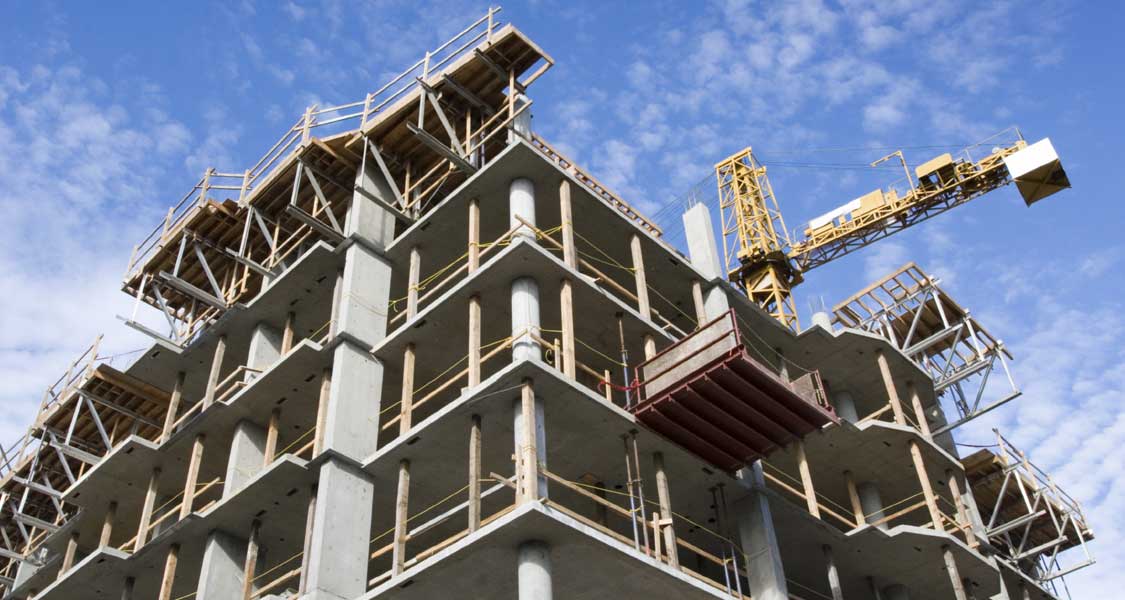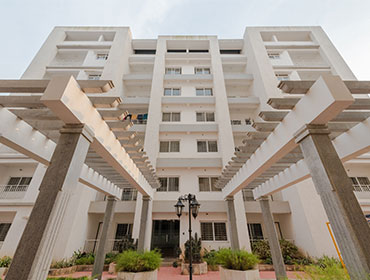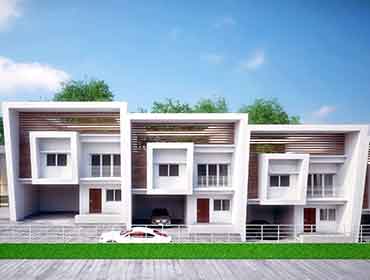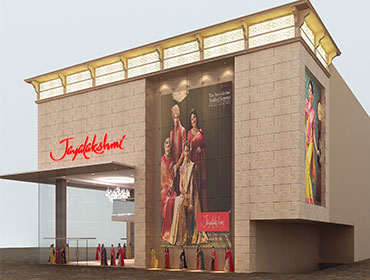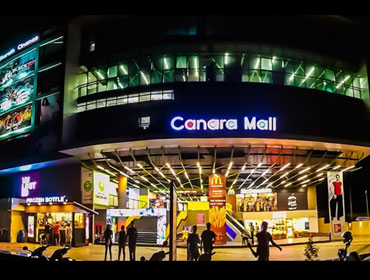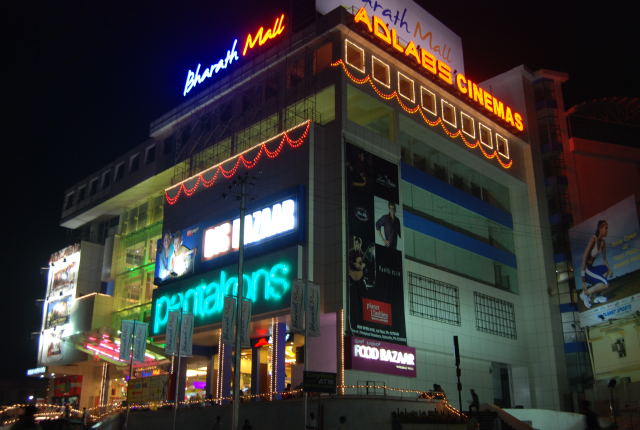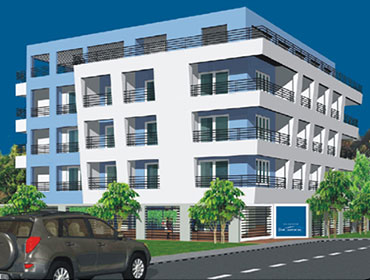Though growth is slowing down across sectors around the globe, the real estate scene in Mangalore and surrounding areas present a study in contrast. The boom continues here with builders announcing more projects, causing more rapid urbanization.
Three projects have been launched near Gandhi Park in the past few weeks. Observers attribute the significant growth in the sector here to the entry of reputable real estate developers such as Godrej, Raheja group, and Purvankara group. Many malls have come up and more are under construction.
Observers say that middle and lower-middle class families have to scout for houses on the outskirts of the city such as Derebail and Shakthinagar. Some affordable apartments are available in areas such as Ashokangar a where typical 2BHK flat costs between Rs. 30 lakh and Rs. 35 lakh. Some 3BHK flats cost Rs. 70 lakh upward.
Gandhinagar is the most sought after locality – it has a park, stadium, and a swimming pool nearby. It is one of the finest localities with 40-50 ft wide roads. Areas such as Bejai, Valencia, Falnir, and Bendorewell are also inviting for investors with prices ranging from Rs. 4,000 to Rs. 5,000 per sq.ft, according to Subhash Nayak, managing partner, Eskay Real Estate Company
Bubble to burst?
Krishnaraj Salian of Partha Investments says there is a competition among builders to offer luxurious apartments. By 2014 “we will have 10,000-12,000 flats – far higher than the demand.” The demand-supply ratio will be 1:4 whereas now it is 1:2 in his estimation.
What makes the situation different here is that the salaried class is not driving the market unlike in other megacities. It is the NRIs and high network individuals (HNIs) who do so. Mangalore did not have much of economic activity. Barring employment by Infosys and MRPL and MSEZ, there is little else.
A bubble is forming, he fears. Unless the market corrects, it explodes. But Mangalore market is unique. The NRIs, who purchase property here, will not panic and wait till the prices go up again before selling. “Correction is a must to ensure a healthy investment environment,” he says.
In 2008, the highest recorded price was Rs. 3,000 per sqft, but it never came down in Mangalore unlike in other cities. The economic crisis did not hit Mangalore much. Now the market has accepted prices from Rs. 3750 to Rs. 4000 per sqft as normal.
Those who find the prices are beyond their reach, could buy a 5-cent plot on the outskirts and build a house which works out to Rs. 25 lakh, Mr. Nayak says. “An apartment within the city may cost about Rs. 30 lakh, but you will have to pay maintenance cost lifelong.”
On their part, builders are not looking at acquiring land as it turns out to be costly. They are partnering with landowners for joint development where both benefit. All that a typical builder invests is only 20 per cent of project cost with the rest coming from potential buyers.
Mr. Salian says that the top eight builders are controlling the market in Mangalore. About 60 percent of development in the sector is happening because of them. When they jack up prices, smaller builders too benefit.
Some builders see the market differently. Sampath Shetty, manager, Land Links group of companies, sees an increase in the demand for budget flats – 70 per cent of his projects are targeted at this segment.
– Govind D. Belgaumkar

